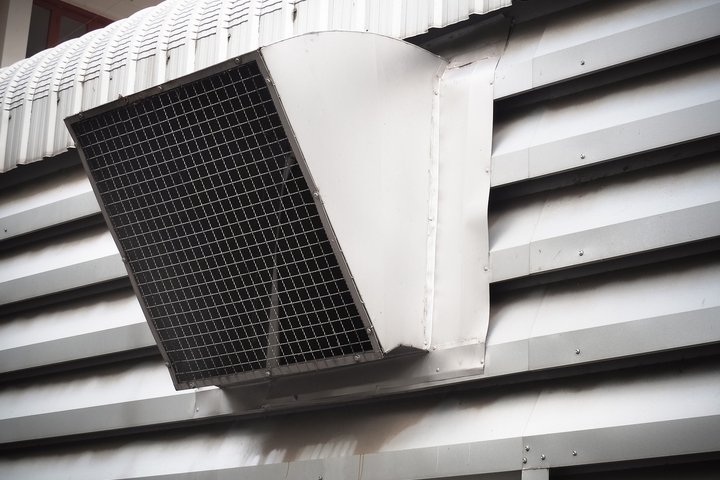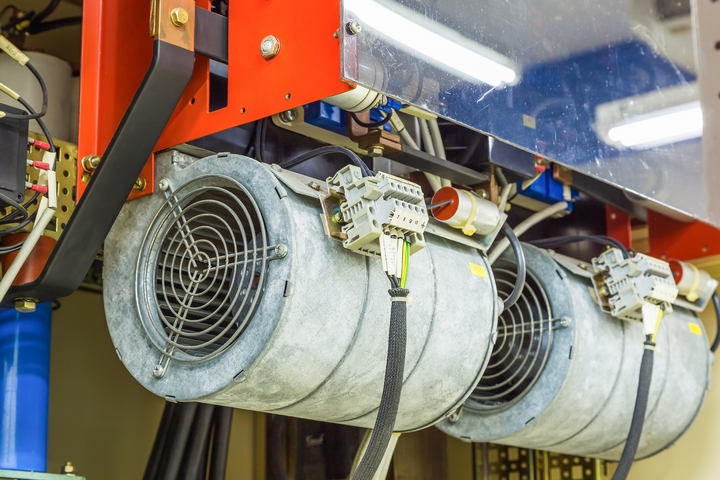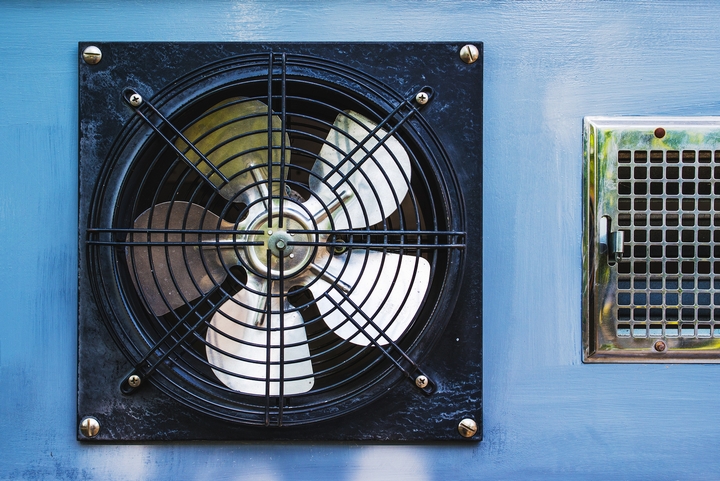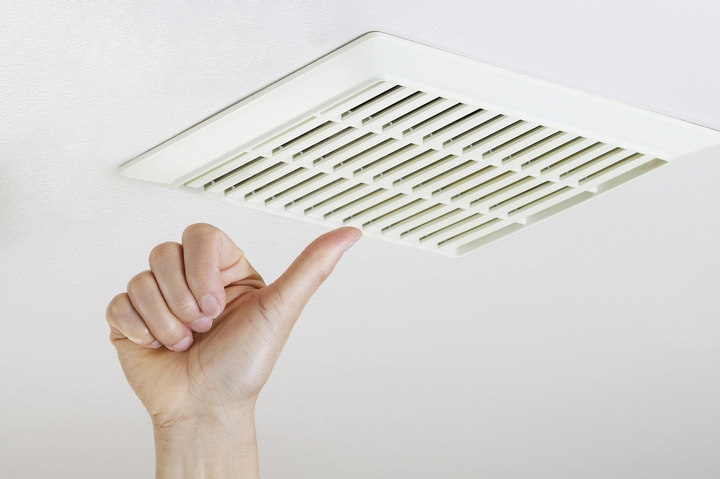6 Guidelines About Commercial Exhaust Fans

Important to the maintenance of a safe and healthy working atmosphere, exhaust fans help to force out stale air and pull in fresh, clean air through a facility in order to produce a more comfortable environment. Depending on the size and capacity of a space, different commercial exhaust fans can be used to facilitate maximum efficiency and optimal airflow.
1. The basics of commercial exhaust fans

Commercial Exhaust Fan is a pretty far-reaching term that can generically include pretty much any type of fan or blower. An industrial exhaust fan could be a Centrifugal type blower or an Axial type fan. What defines them as “Industrial” is the construction, materials and gauges. Centrifugal blowers differ from axial flow fans in the way they move the air.
2. Centrifugal blowers

A centrifugal blower typically has one of seven types of wheels that draws the air into the inlet of the blower housing, through the wheel, and discharges it at 90 degrees out through the discharge of the housing. There are many varieties of centrifugal fans, which may have fan wheels that range from less than 3 cm to over 16 feet (5 m) in diameter.
3. Axial flow fans

An axial flow fans use a propeller to draw the air in and discharges it in the same axial direction. An “air moving device” with a propeller is typically referred to as a Fan, while one with a wheel is typically referred to as a Blower. The deciding factor of whether to use a centrifugal blower or an axial fan depends on the application it will be used for. In general, axial fans are used where the principal requirement is for a large volume of flow, and the centrifugal design where both flow and higher pressures are required.
4. What question to ask

In order to make the proper selection for your company or business space, it is important to determine the conditions that the fan will be subjected to and how it is going to be mounted. You should figure out what airflow will be required, rated either in cubic feet of air per minute, or in the metric equivalent of cubic meters per hour.
You should also be aware of the ambient air temperature outside the exhaust fan, as well as the condition of the airflow that will be passing through the fan (clear or contaminated, dry or wet, temperature, etc.).
5. Safety first

You must also ask yourself if anything passing through the fan is explosive or flammable and weather the general location of the fan contains any type of explosive or flammable material or liquid. Furthermore, if the fan will be used to convey material, it is necessary to determine the exact specifications surrounding this.
6. Flow control

There are several means of controlling the flow rate of a fan that can be applied to both centrifugal and axial fans. For example, speed variation can be adjusted on all fans described above through the implementation of a variable speed driver. This could be an adjustable frequency controller, a DC motor and drive, a steam turbine driver, or a hydraulic variable speed drive unit. There are also industrial dampers, which are devices that allow fan volumetric flow control during operation, by means of panels so as to direct gas flow or district the inlet or outlet areas.
Generally speaking, flow control by means of variable speed is smoother and more efficient that by means of a damper control. Significant power savings, which will go on to reduce cost of operation, are possible if variable speed fan drives are used for applications that require reduced flow operation for a significant portion of the system operating life.


